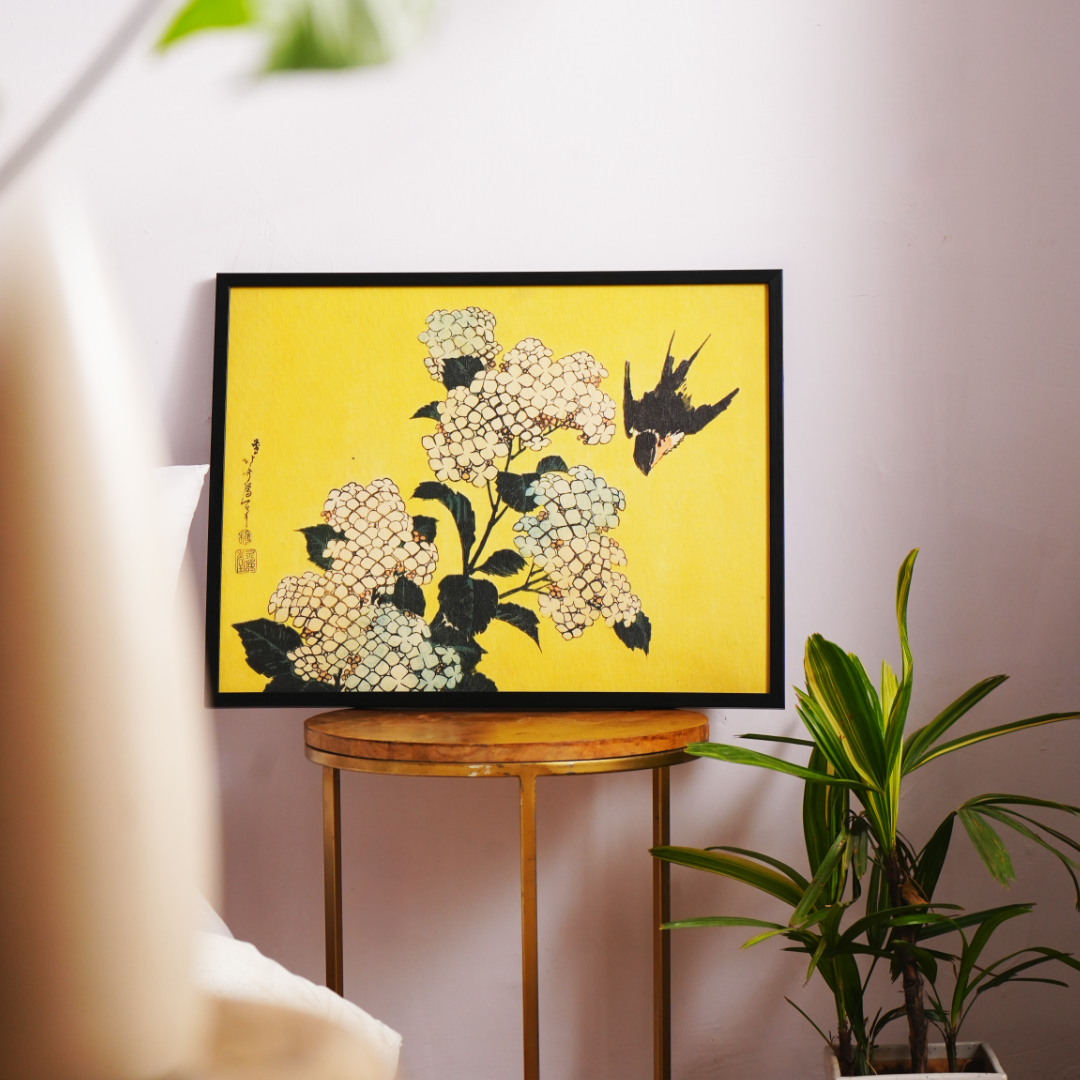
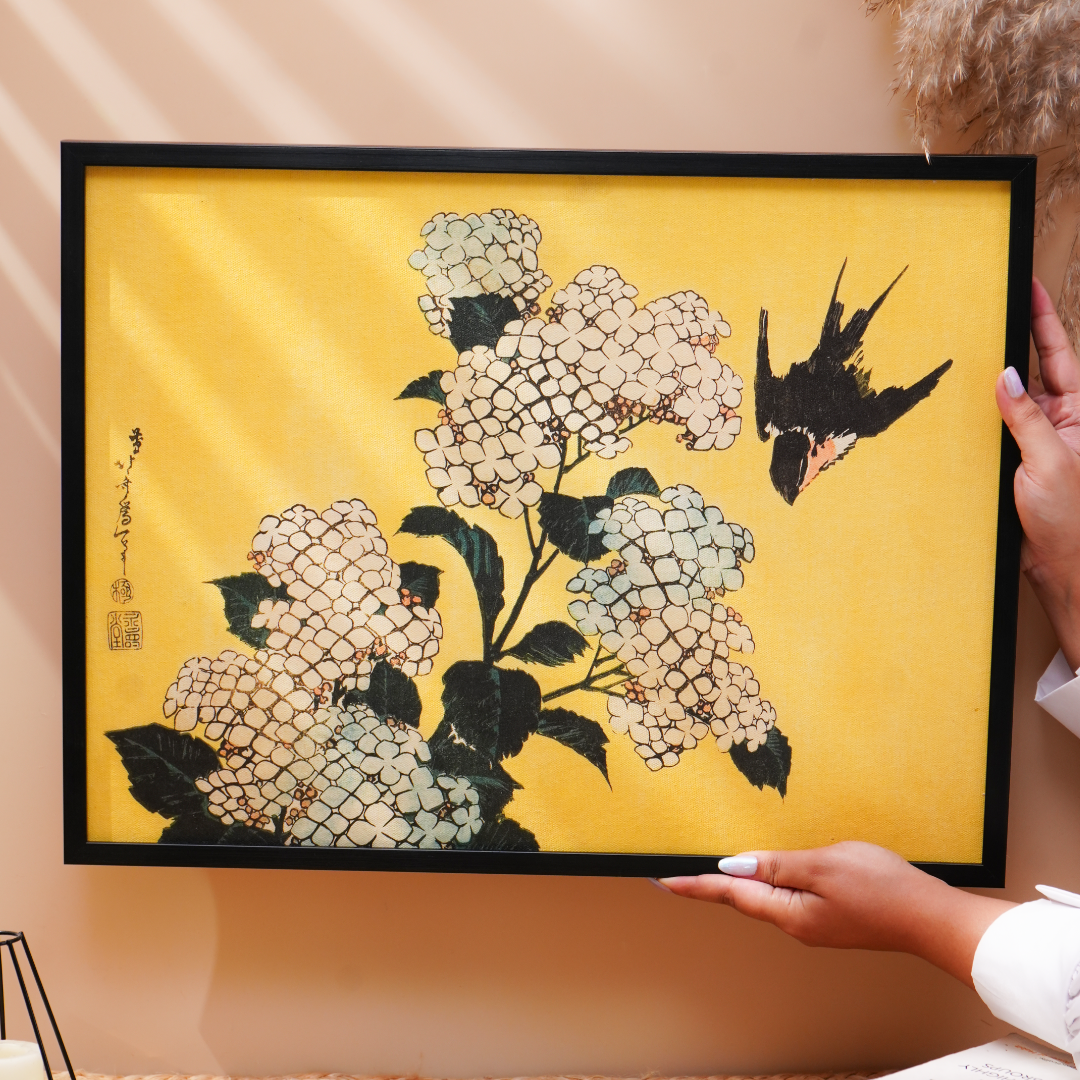
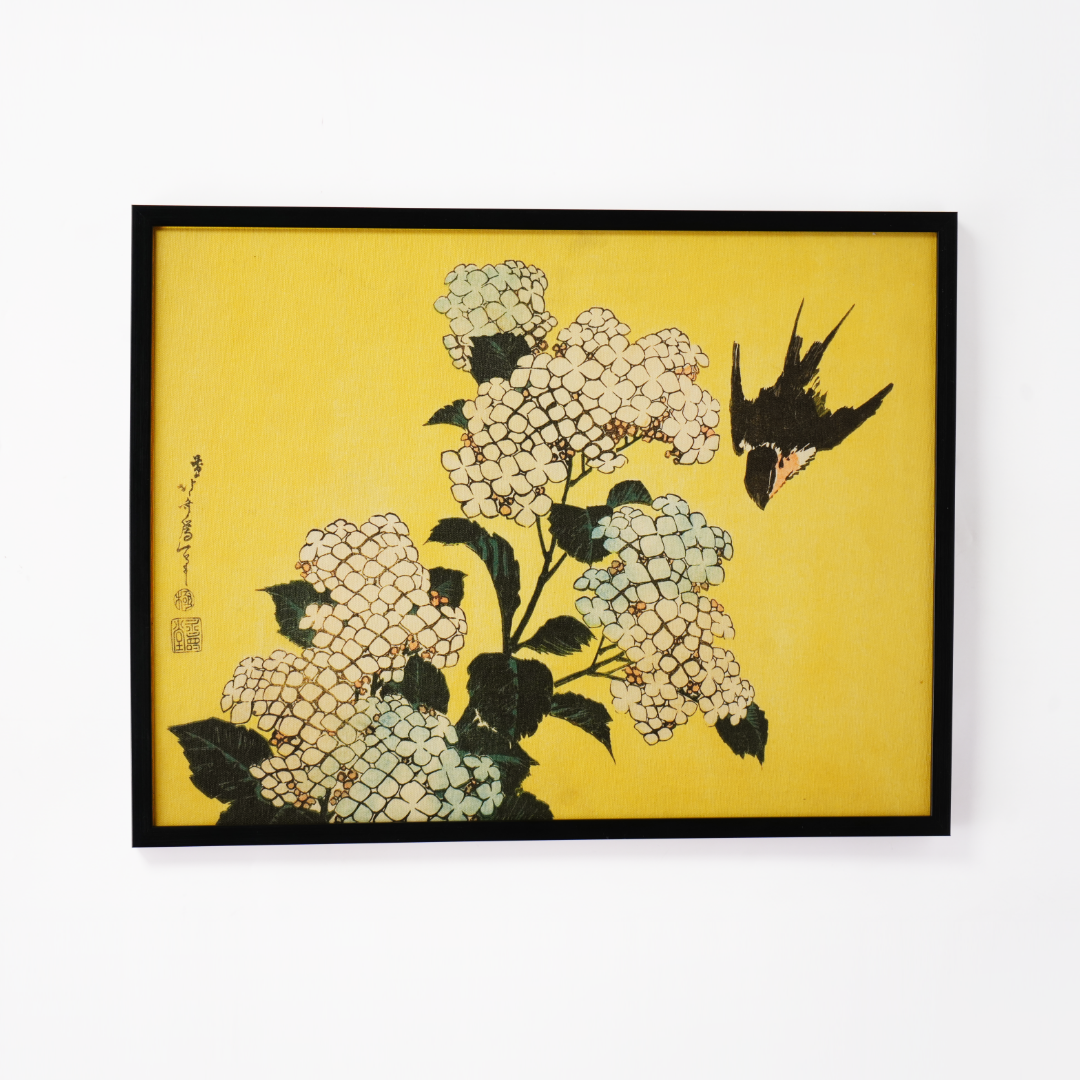
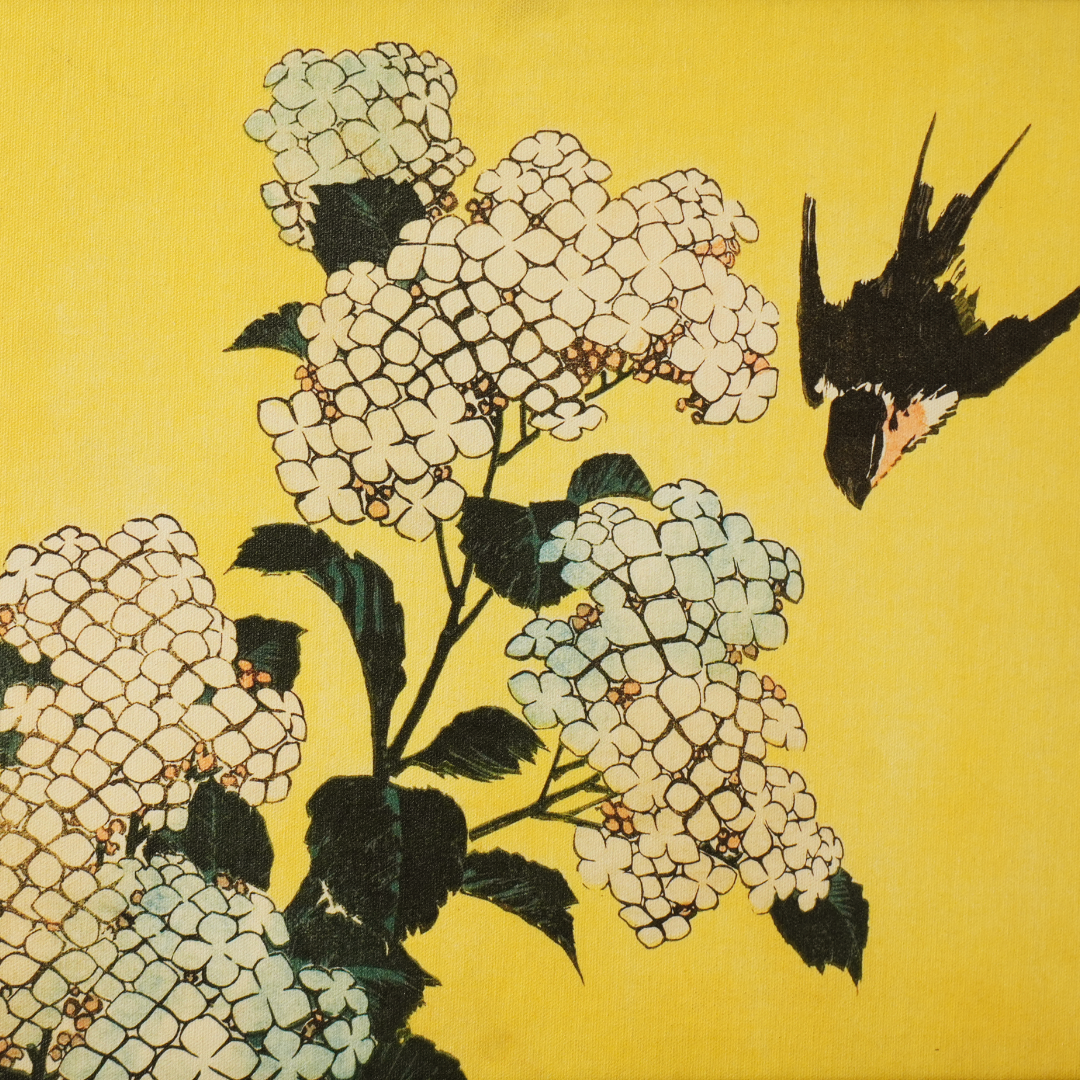
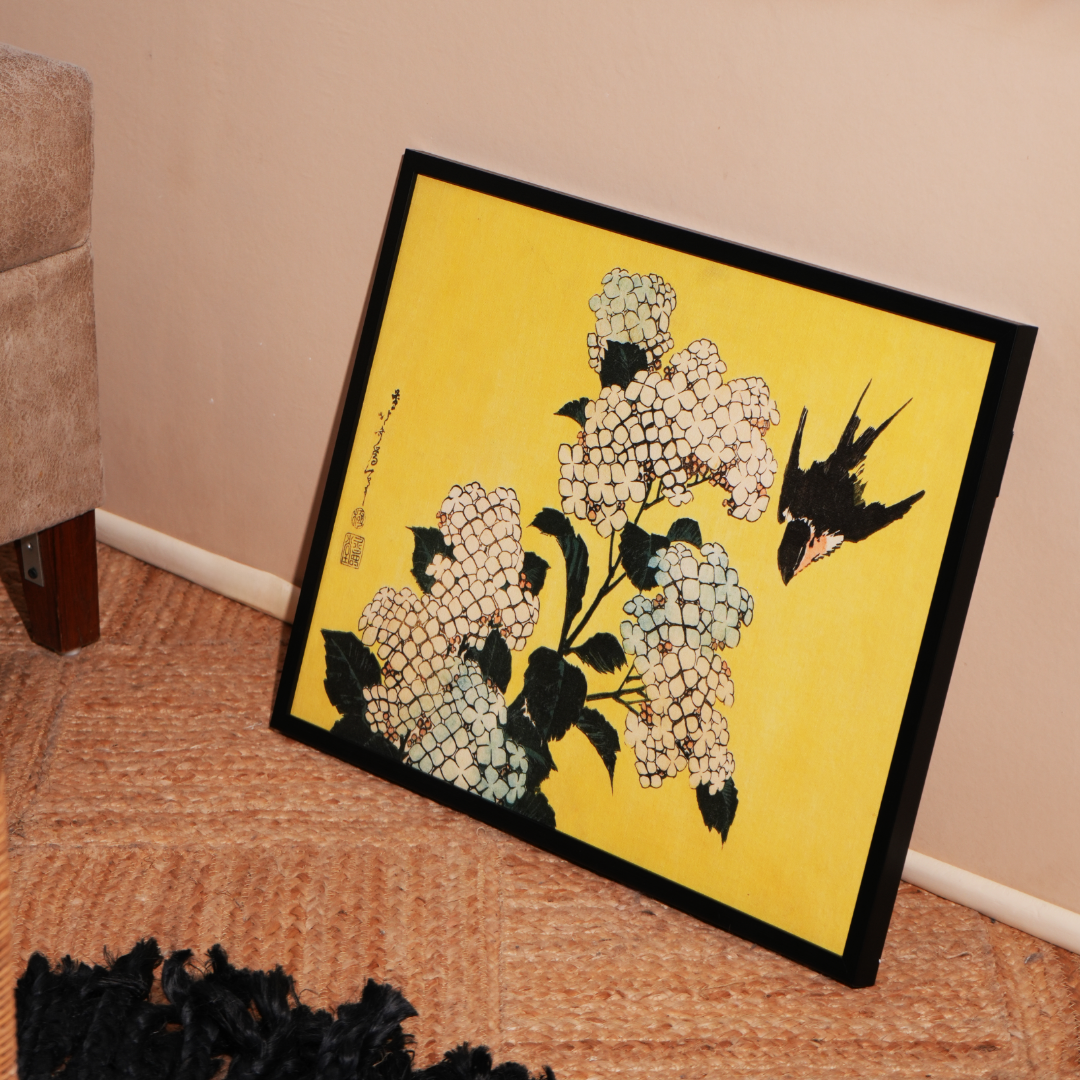
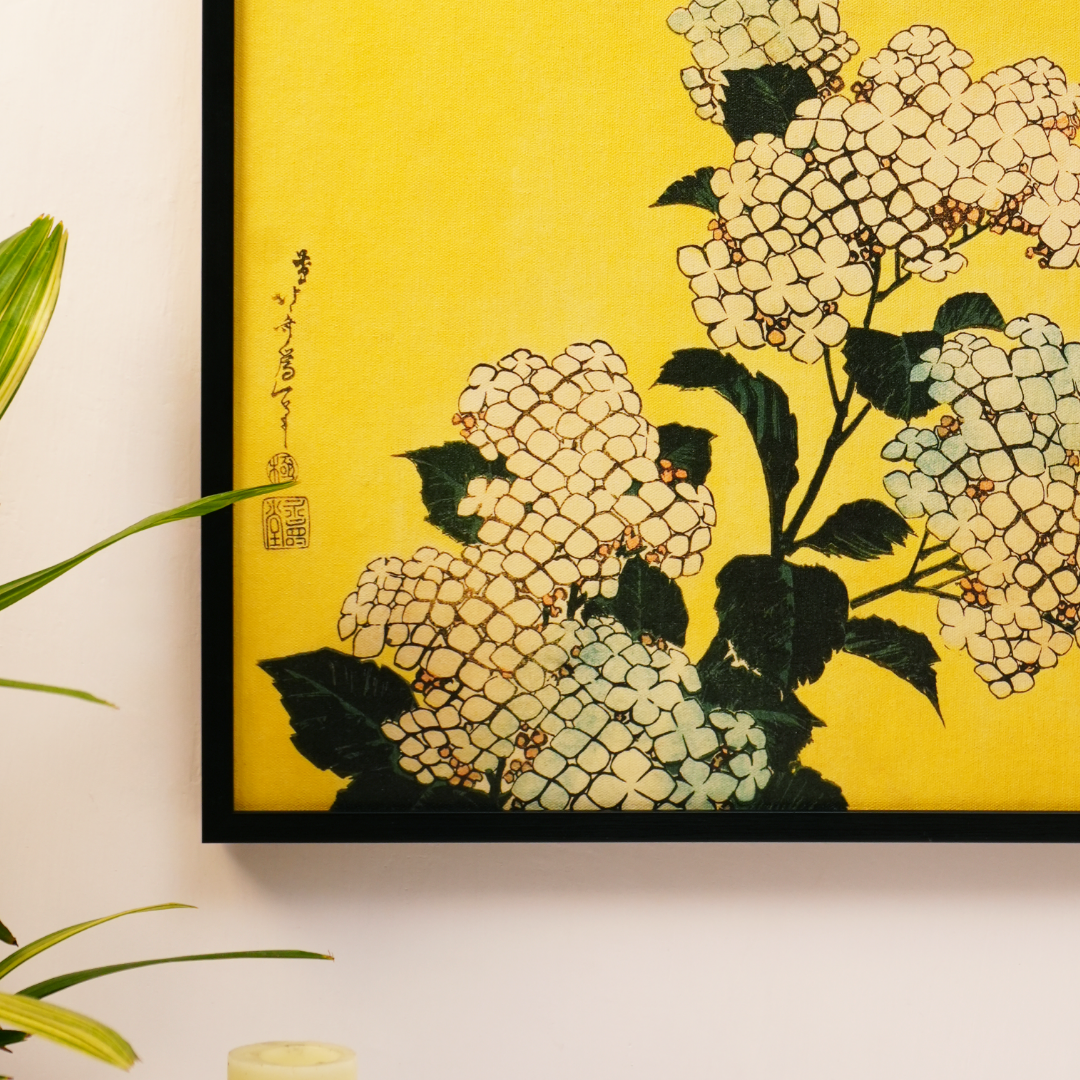
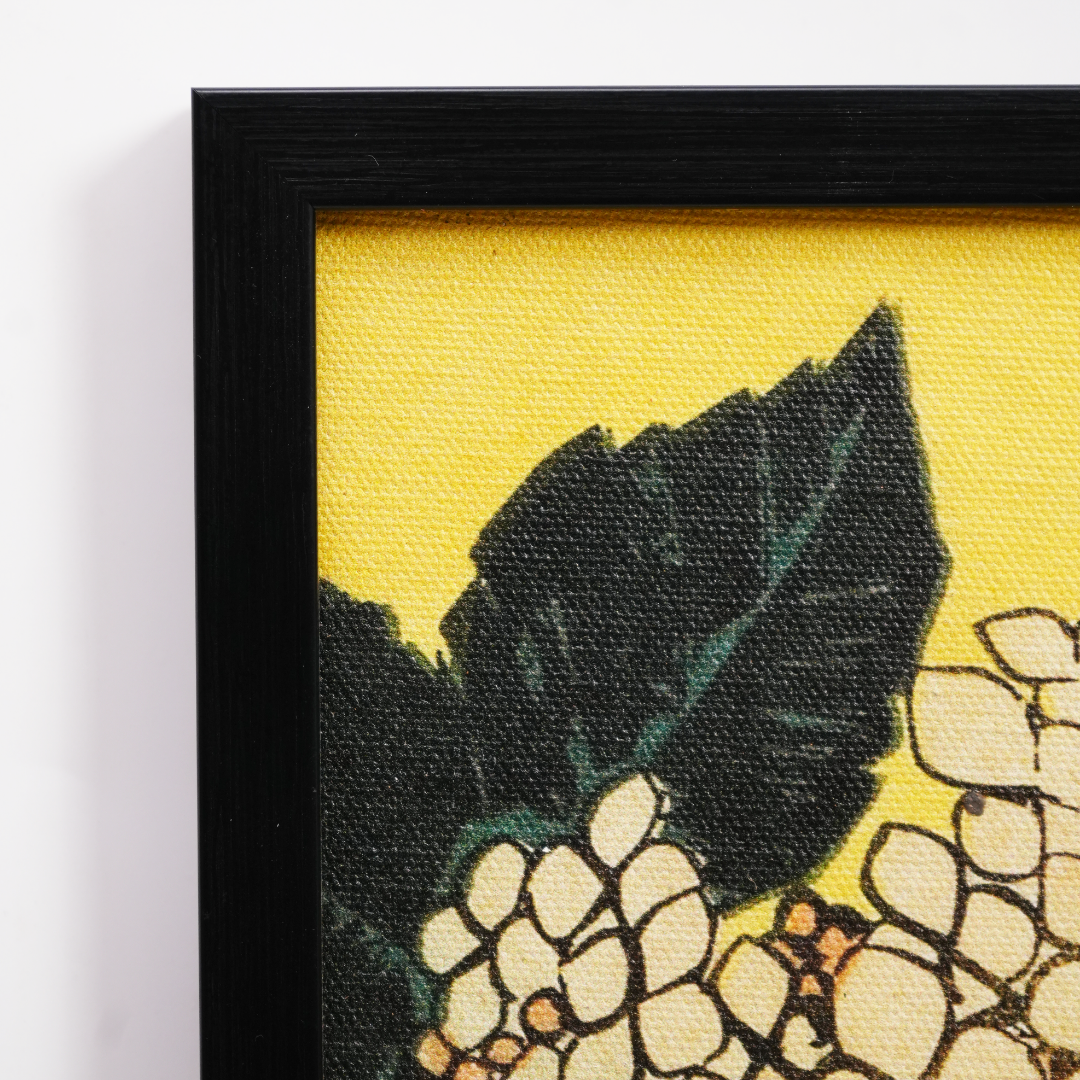
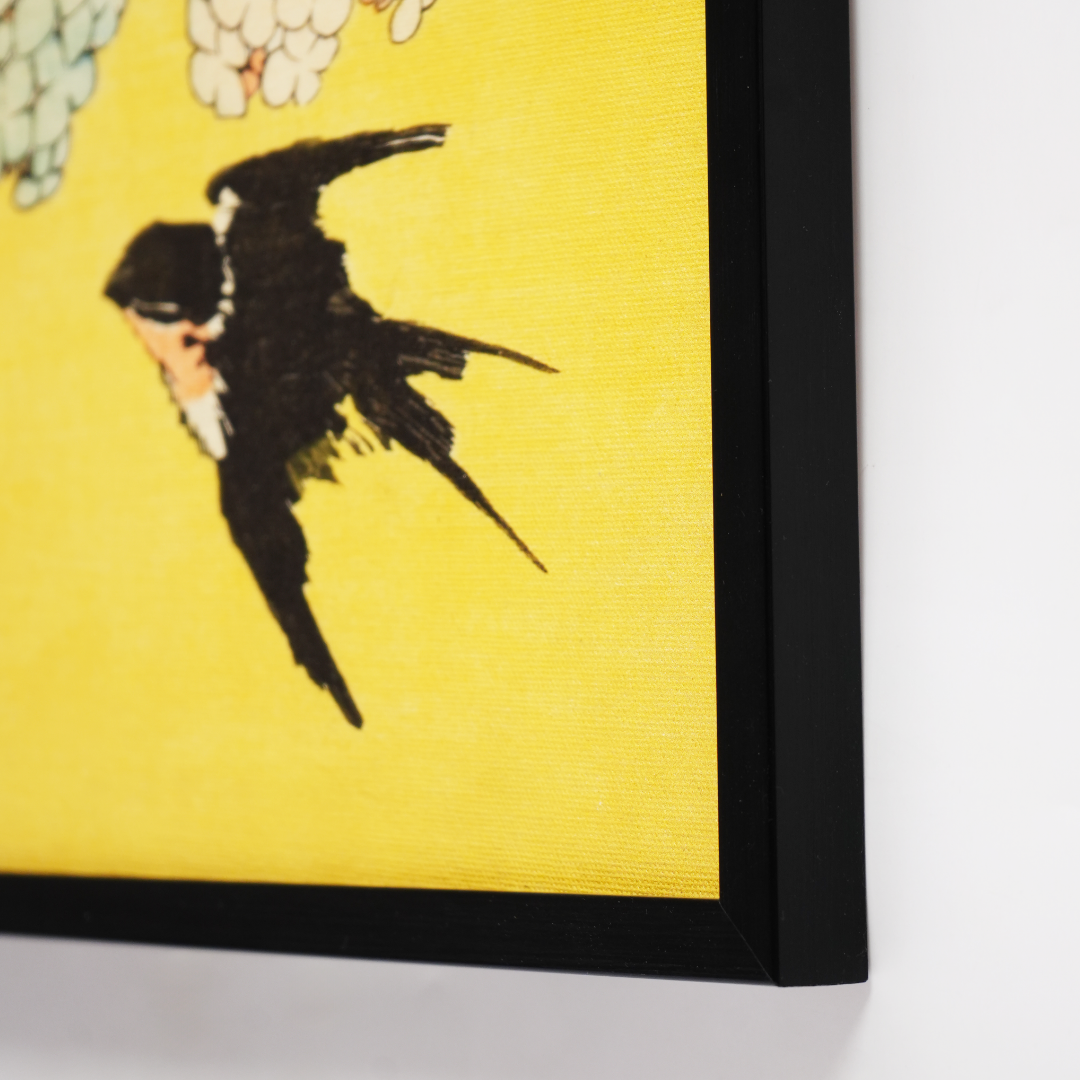
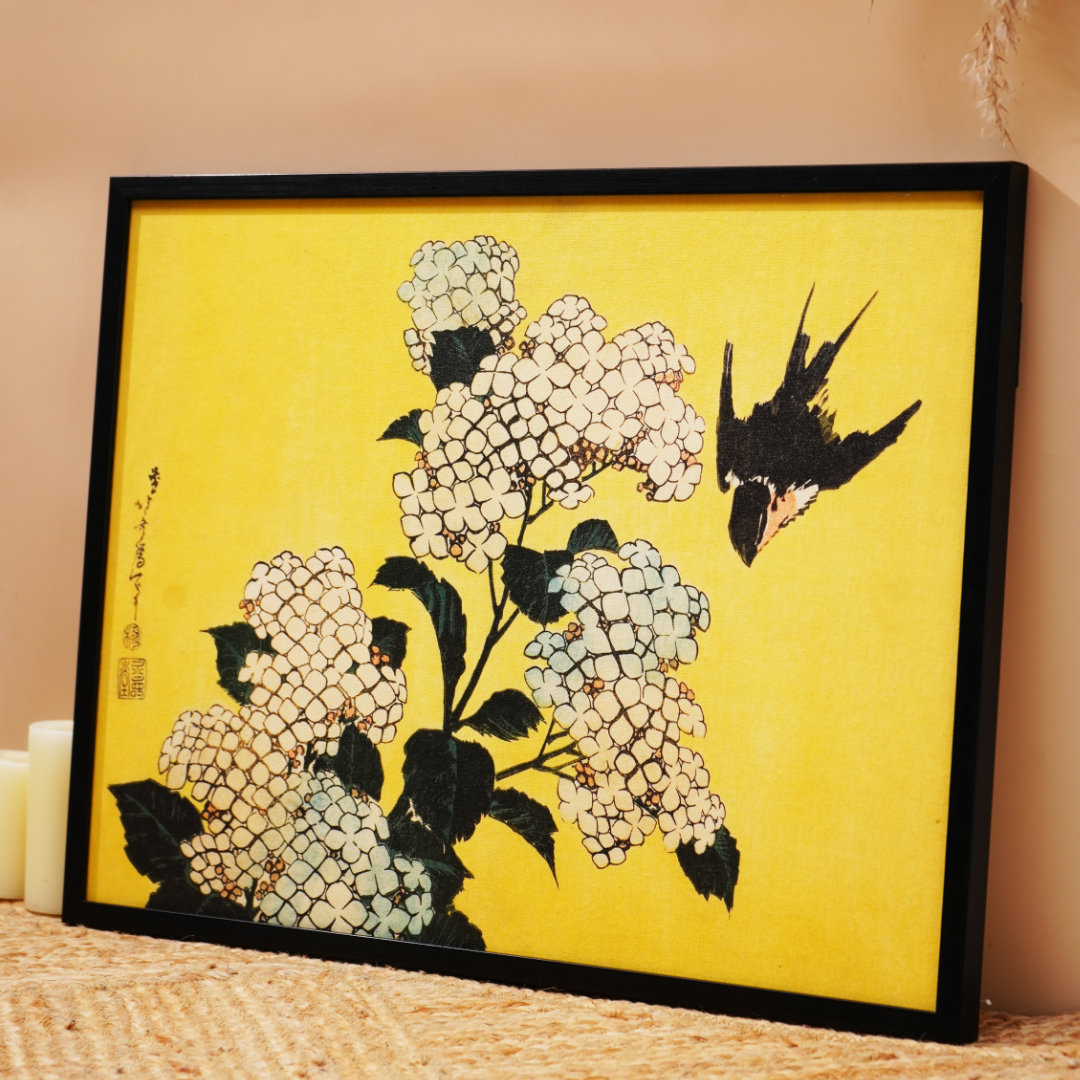
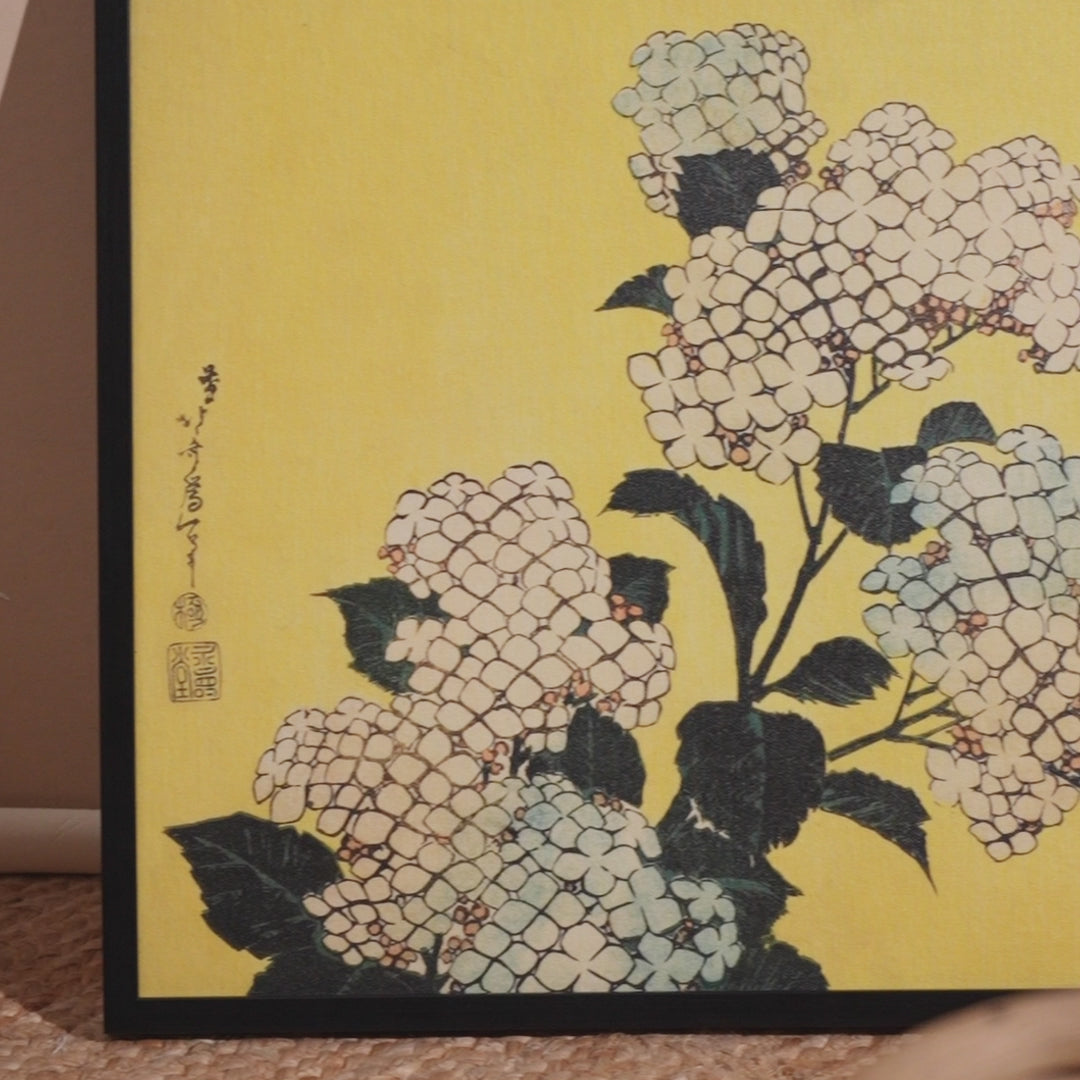
FAQs
What is digital restoration of artwork?
Digital restoration of artwork involves using specialized software and techniques to repair and enhance digital copies of damaged or deteriorated artworks. This process aims to preserve the original appearance of the artwork while removing imperfections caused by age, wear, or damage.
How does digital restoration differ from traditional restoration methods?
Traditional restoration often involves physical repair techniques such as cleaning, revarnishing, or inpainting using traditional art materials. Digital restoration, on the other hand, utilizes software tools like Photoshop or specialized restoration software to manipulate digital images of the artwork. While both methods aim to restore the artwork's integrity, digital restoration offers precise control over each restoration step without directly altering the original piece.
Is digitally restored artwork considered authentic?
Yes, digitally restored artwork can be considered authentic if the restoration process respects the integrity and intent of the original artist's work. Authenticity in digital restoration lies in the skillful application of techniques to faithfully reproduce the original appearance of the artwork while addressing any damage or deterioration. However, transparency about the restoration process and documentation of before-and-after images are essential to ensure credibility and maintain the artwork's provenance.
























